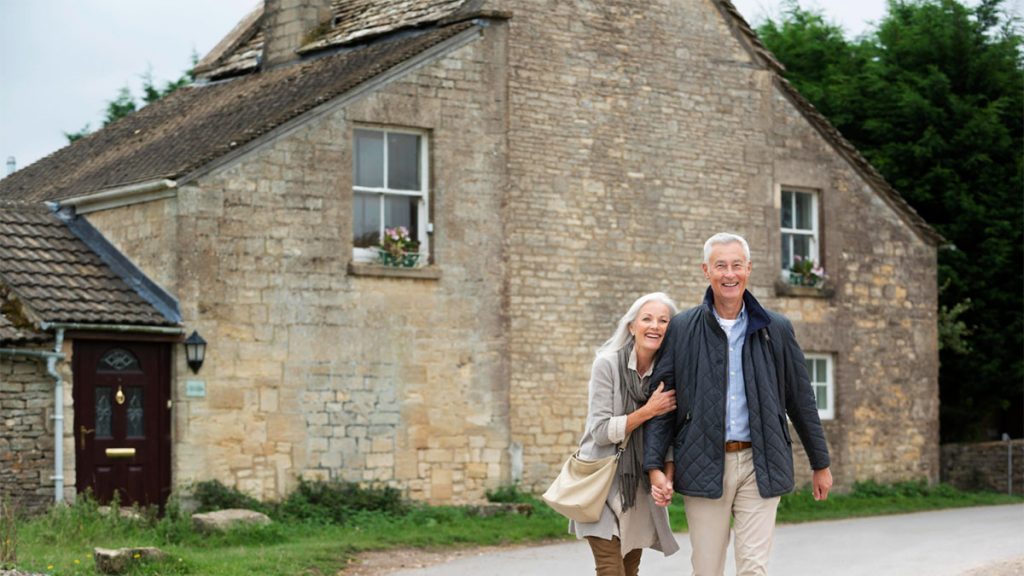Discovering that your beloved home is considered “too old” by insurance standards can feel like a cold splash of reality. The charm and history encapsulated within the walls of older houses are unmatched, but these same qualities can sometimes make them seem risky to insurers. The fear of outdated electrical systems, ancient plumbing, and the overall higher likelihood of claims can make some insurance companies hesitant to offer coverage. However, this doesn’t mean protecting your home and belongings is a lost cause.
Understanding the Challenge
Older homes carry with them a legacy and craftsmanship often absent in modern construction, but they also come with potential liabilities from an insurance perspective. The key to navigating this challenge is understanding the specifics of why insurers may be wary. Whether it’s the age of the electrical wiring or the condition of the roof, these factors contribute to the perception of increased risk.
Initial Steps to Take
The first step in addressing this dilemma is a thorough assessment of your home. Identifying any possible updates or repairs that could mitigate risks is crucial. This might mean updating the electrical system, fixing any plumbing issues, or replacing a worn-out roof. Additionally, reaching out to a local insurance agent who has experience with older homes can provide valuable insights and recommendations tailored to your situation.
Specialized Insurance Companies
A niche market of insurers exists, focusing on older or historic homes, understanding their unique requirements, and offering policies tailored to these needs. These companies prioritize the preservation of older homes and are willing to collaborate with homeowners to provide adequate coverage. They recognize the value and character of historic properties and strive to offer solutions that ensure these homes are protected and cherished.
Government Programs
In some instances, government insurance programs emerge as essential support for homes that standard insurance companies may overlook. These programs typically provide basic coverage, safeguarding your home against prevalent risks. Designed to fill the gap left by traditional insurers, they ensure that even the oldest homes have some level of protection. Homeowners are encouraged to explore these options, especially when other avenues seem limited.
Enhancements and Updates
Proactively making strategic updates to your home can do wonders for its insurability. Upgrading critical systems like electrical, plumbing, or the roof can dramatically decrease the risk profile of your home, making it more appealing to insurers. Such improvements not only enhance the safety and functionality of your home but also increase its attractiveness to companies willing to offer insurance coverage.
Comparison Shopping
Venturing beyond the first insurance quote can unveil more favorable policies. It’s essential to scrutinize multiple insurers, comparing their offerings to secure a policy that aligns with your needs and financial limits. This diligent comparison not only ensures a better fit for your unique situation but can also lead to substantial savings and more comprehensive coverage.
Understanding Coverage Limits
Grasping the full extent of your policy’s coverage is paramount, especially for homes with historical significance or unique features. It’s crucial to ensure that your insurance plan comprehensively covers these elements. Delving into the specifics of your policy can prevent unwelcome surprises and ensure that your home’s distinct aspects are fully protected under your chosen insurance plan.
Seeking Discounts
Inquiring about discounts for any recent home improvements can lead to lower insurance premiums. Insurers often offer reductions for updates that reduce the risk of claims, such as modernized electrical, plumbing, or heating systems. Taking advantage of these discounts can make insurance more affordable while encouraging the maintenance and upgrading of your home’s essential systems.
Preparing for the Application Process
When you’re ready to apply for insurance, preparation is key. Detailed documentation of your home’s age, condition, and any updates or unique features will be invaluable. Additionally, be prepared for a home inspection. This is an opportunity to showcase the care and maintenance of your home, so ensure that everything is in the best possible condition.



